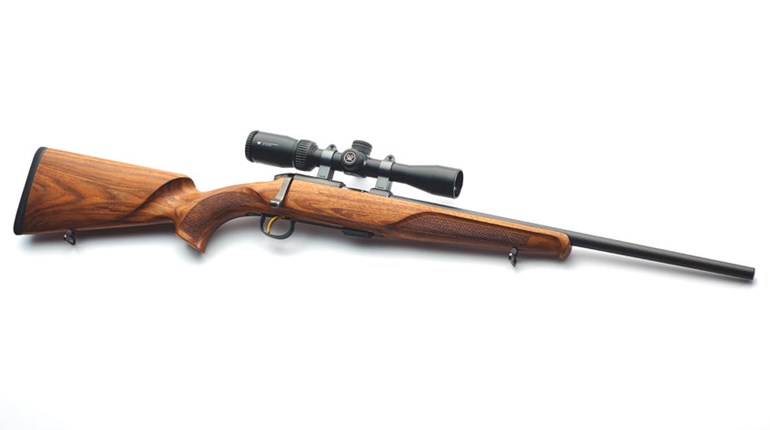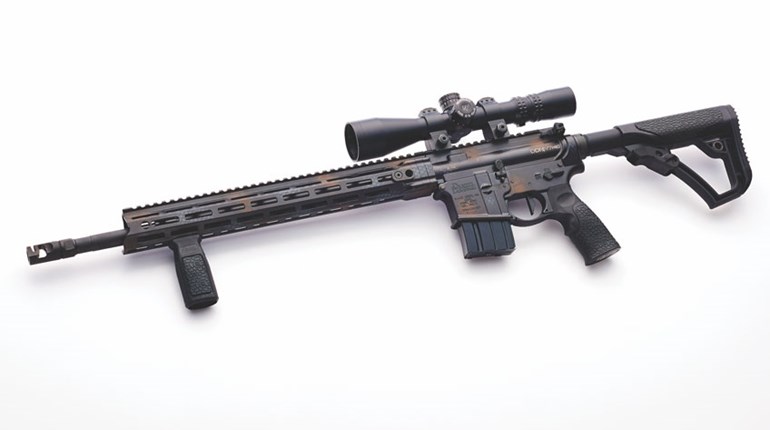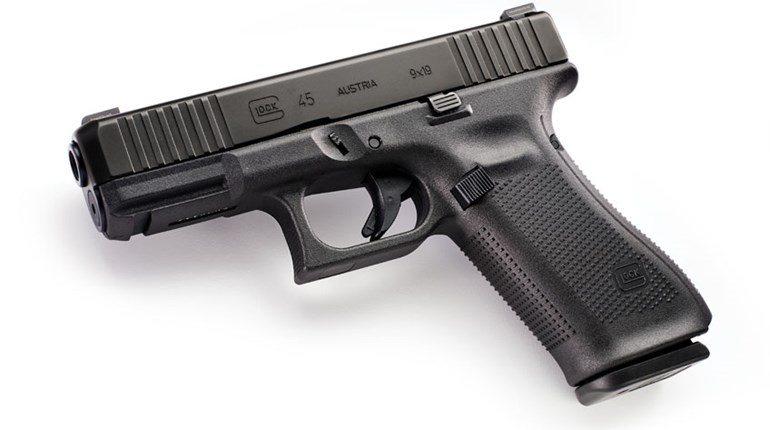
Few professions receive as many cheap shots as American law enforcement, and fewer still deserve them less. Like any large demographic, you’ll certainly find statistical outliers—very rare cases where individuals don’t live up to their oaths or training, or rarer still, the bad apple who should never have been there in the first place. But when they’re “on the scene,” law enforcement keeps Americans incredibly safe, and we’re rightly the envy of the world in this respect.

The worrisome part is that “on the scene” notion. With 323 million of us, law enforcement officers have a lot of ground to cover—a lot of places to be. Criminals, terrorists or the mentally ill therefore have a distressingly low hurdle when they decide to work around those protections. Their wicked acting-out plays no (apparent) favorites, and officer/agency intentions and training can have little bearing on outcomes when the average response time is six to eight minutes in urban areas, and potentially much longer in outlying locations. Contrast this with incident durations—more than one-third are five minutes or less—and the conclusion is inescapable: Individuals and organizations are most likely on their own when it matters most.
Former U.S. Navy SEAL and federal government protective detail operator/lead instructor Jimmy Graham knows there’s something that can be done about that, and Richard Abramson (founder and general manager of the Centennial Gun Club) is backing him up. As Jimmy told us here, regular men and women can become the life-saving bridge between a violent onset and the arrival of law enforcement.
Their new Active Shooter Response Training Center is where that bridge gets built. NRA American Warrior joined other media in mid-April when the new dedicated facility opened in south Denver. From the résumés to the curricula to the facilities, it was difficult not to be impressed.Criminals, terrorists or the mentally ill therefore have a distressingly low hurdle when they decide to work around those law enforcement protections.
The center boasts purpose-built areas for classroom and physical training, simulations, and even live fire. Students learn right away that they won’t be watching video clips—or at least not just watching video clips—but instead will be moving and training against life-sized targets and instructors to develop “unarmed foundation” skills. These supplement extensive firearms training beginning with safe handling and marksmanship.
In the simulation room, classroom skills are applied and enhanced. Here, students are exposed to some of the most realistic training they are ever likely to encounter. A rubber-covered floor masks any movement noise so that aggressors (note the plural!) can be positioned anywhere around the student or even out of sight. A vision/light barrier can be lowered from the ceiling to prevent the student from seeing the threats arrayed against them (so forget that preparatory “stage walk,” you competitive shooters); when the barrier is removed, it’s 100 percent throttle right away. Students develop the rapid assessment and engagement skills through scenarios that can start out at Tueller distances or be very much in your face; have more than one “assailant”; and use multiple weapon/engagement types. Other students and instructors watch these lessons unfold via multi-screen/multi-camera video in the next room. A vision/light barrier can even be lowered from the ceiling to prevent the student from seeing the threats arrayed “against” them.
The center also boasts a dedicated live-fire range. Separate from the rest of CGC, the bay allows shooting at multiple distances, as well as at multiple, programmable, turning targets. Shoot/no-shoot drills, team tactics and movement are built into the Active Shooter Response curriculum too.
The ASRTC training curriculum is five days from start to finish, but about as far as it could be from leaving graduates to fend for themselves thereafter. Upon graduation, organizational teams have access to quarterly “sustainment” training, and individual graduates get a one-year membership in the Centennial Gun Club to develop and maintain their personal firearm skills. Next steps and other diverse curricula are available through the center as well, including executive personal security detail training, on-site threat scenario evaluation, large-capacity event security, overseas executive personal defense and in-home family threat scenario/validation.
If our introduction to the ASRTC went much as we expected, that’s because we have the advantage of knowing a little about Jimmy Graham, Richard Abramson and the Centennial Gun Club: None are the sorts who disappoint. They can point to a long string of complex successes under difficult circumstances; while the crucibles were surely different, the (excellent) results were not. On reflection, we find ourselves wishing them an additional success—a sort with longer, higher-minded, even cultural implications.
On reflection, we find ourselves wishing them an additional success—a sort with longer, higher-minded, even cultural implications. When some Americans began to dismiss skill at arms as unnecessary to the civilized gentlemen—or gentlewomen (more common than you might think)—they gave no apparent thought to the implications. This once-common bedrock of individual readiness underwrote rapid triumphs in two world wars (to say nothing of the struggle that gave us nationhood), but slowly withered as city-dwelling advanced. In a sour rebirth, it became the sole province of theoretically ubiquitous and immediately available professionals. Dependence on those professionals begat an ugly corollary: No matter how well, politely or expertly demonstrated, defensive competence by any non-professional was at first distasteful, then suspect, and finally retrograde—the resulting helplessness no cause for embarrassment, but rather for sympathy and morbid celebrity. A perverse media made such shiftless incapacity cool, and brooked no debunking of the ubiquity and immediacy myths.
We submit Abramson’s and Graham’s answer makes a lot more sense: Of course we want dedicated professionals to enforce the law and protect each and every citizen whenever they can, but it’s time to surrender the dream that “takers”—merely criminal, or horrifyingly otherwise—will stop taking if we’re nice enough, passive enough, surrender enough. There isn’t a shred of evidence that this is how the world really works, or ever has. The Armed Shooter Response Training Center doesn’t demand an intervening readiness from all, but under the watchful eyes of the very best will grant it to a willing few.

































